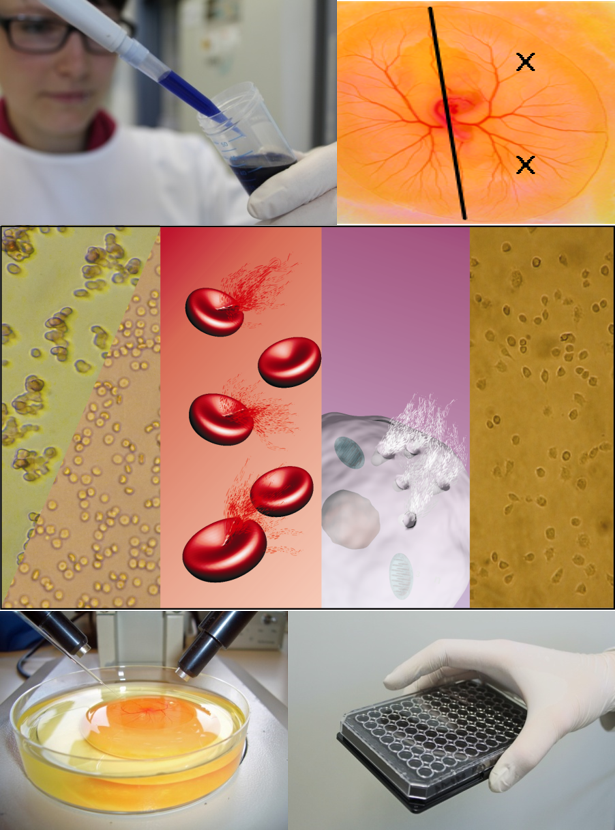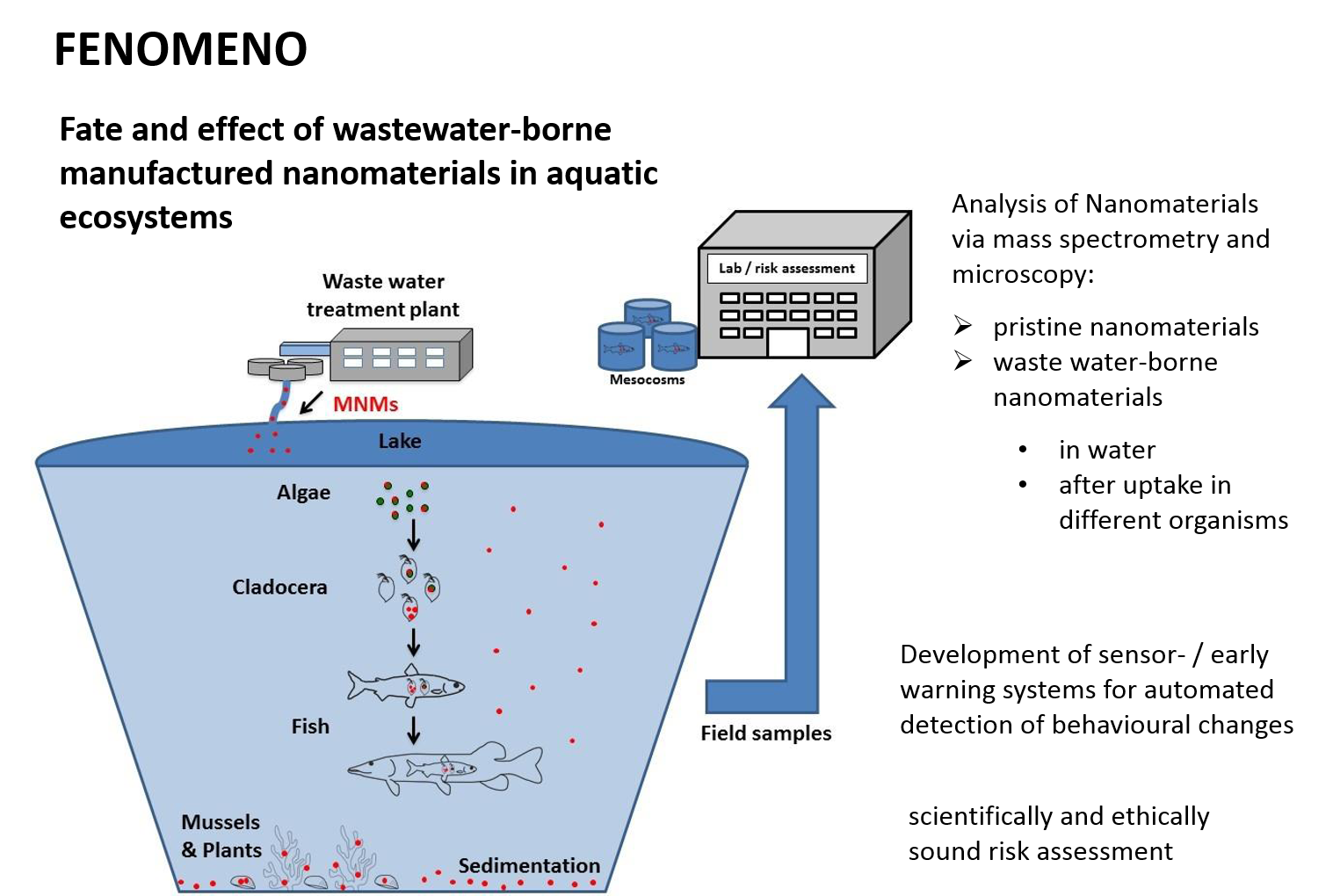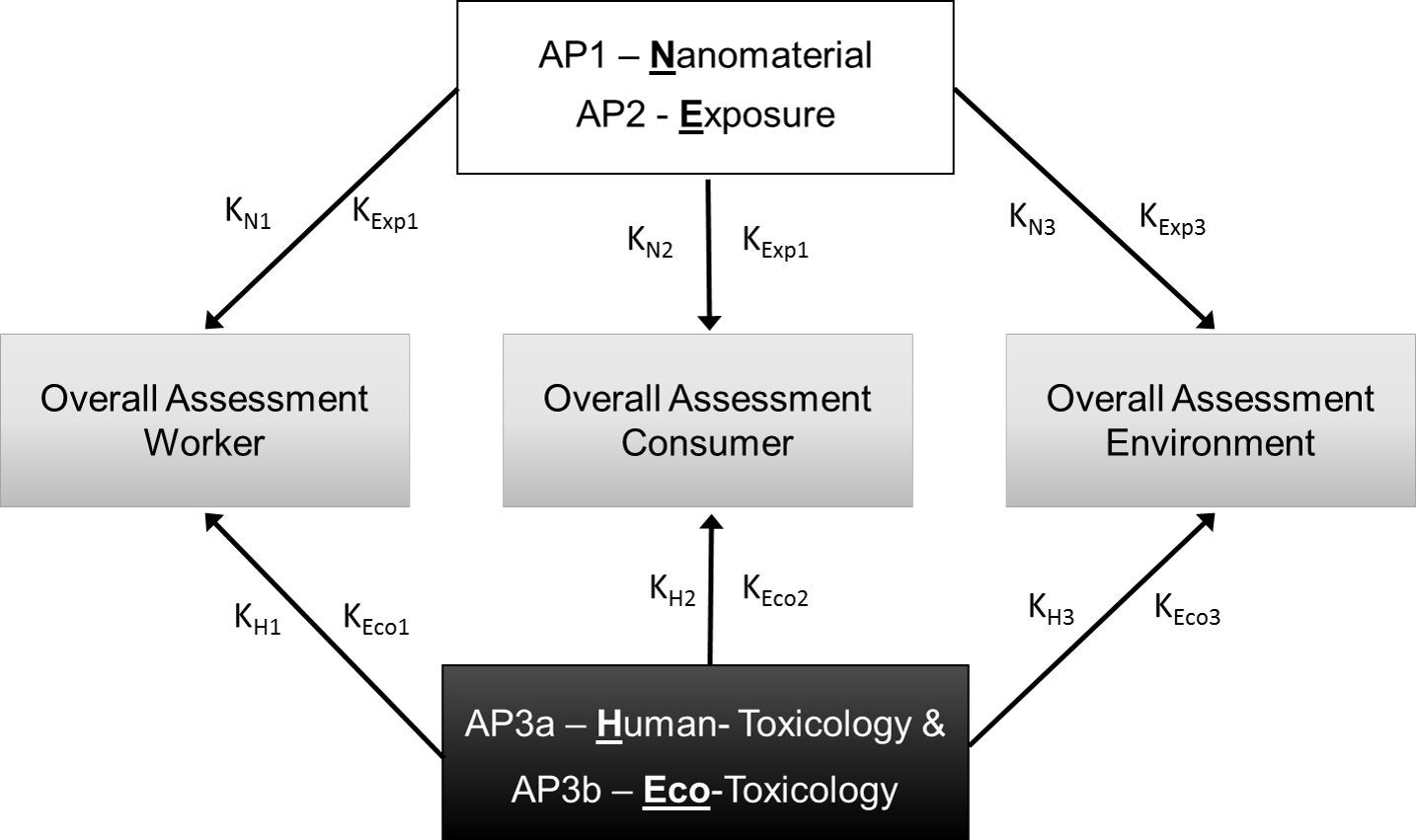 >
CERASAFE
>
CERASAFE
CERASAFE
CERASAFE – Safe production and use of nanomaterials in the ceramic industry
CERASAFE aims to assess and improve environmental health and safety (EHS) in the ceramic industry. The project’s objective is to study industrial processes and activities, which may generate nanoparticle emissions into workplace air, and to assess worker exposure by evaluating the particle release processes, characterizing the particles emitted, and understanding their toxicity. Finally, mitigation measures to minimize exposure will be proposed.
CERASAFE will also develop a tool to discriminate engineered nanoceramic particles from background aerosols, thus innovating in the field of characterisation methods relevant for EHS. The project will establish a set of Good Manufacturing and Use Practices for nanoceramic materials. Results will be collected in a public database complemented with risk assessment and including recommendations for industry, users and stakeholders to ensure the safe production process for nanoceramic materials.
Project Website:www.cerasafe.eu
CaNTser
CaNTser – Investigating the toxic potential of carbon nanotubes after long-term inhalation
Research in the last few years has clearly demonstrated that carbon nanotubes have different toxic properties depending the individual CNT structure. Carbon nanotubes with a short or convoluted morphology cause only minor toxic effects, which correspond well to particles without specific toxicity. In contrast, results of the BMBF-funded project CarboTox (2010 – 2013) indicated that long and fibrous CNTs could cause tumour-inducing effects similar to asbestos. Since this hypothesis might have far-reaching consequences for humans, a scientific investigation is urgently needed to either prove or disprove that carbon nanotubes are able to initiate asbestos-like cancer formation in humans upon inhalation
The main objective of the project CaNTser is therefore to examine the tumour-causing effects of fibre-like CNTs after inhalation, to detect a possible mechanism of action and possibly derive a threshold value.
Further investigations have shown that the toxicity and probably also the tumour formation of carbon nanotubes depends strongly on the different CNT modifications (length, diameter, curvature, surface properties)as well as on the separating / caking properties. Therefore, short-term screening methods are applied to determine in vitro and in vivo the characteristics of those carbon nanotubes, which cause, potentiate or weaken the toxic and thereon-based carcinogenic effects
Another important goal of the CaNTser project is to overcome the challenge to specifically control the synthesis of carbon nanotubes in order to generate either straight or curved carbon nanotubes, which are required for the different biological assays and endpoints. This will be achieved by controlling the defect density of the CNTs, which requires an accurate and reproducible procedure of the synthesis process.
NanoBEL
NanoBEL – Biological Elimination of Complex Diagnostic Nanoparticles

NanoBEL medical applications (c) NanoBEL Consortium
Nanotechnology is one of the key technologies of the 21st century that developed from a basic research to a worldwide important discipline in the last years with an enormous importance in life sciences and medicine. Magnetic nanoparticles play an important role in diagnostic imaging for prevention, therapeutic monitoring and therapy.
Whereas the toxicological effects of acute nanoparticle expositions were widely described in the last years, long-term risks depending on the structure of the nanomaterials and the disease state of the patients have not been systematically investigated.
NanoBEL is focused on the risk assessment of the long-term effects of magnetic nanoparticle exposition particularly after repeated administrations, as well as the role of degradation and elimination in the life-cycle of the nanoparticles in diseases like cancer and inflammation. Innovative magnetic nanoparticle formulations with a high relevance for future diagnostic applications are taken into consideration. Beside the development and optimization of magnetic nanoparticles,
NanoBEL contributes to the development and validation of new alternatives to animal-based methods (cell cultures, hen’s egg models) to be applied in an integrated safety assessment of the long-term administration of nanoparticles. In close collaboration with DaNa2.0, the systematic collection of the data in a data base accomplish the categorization of nanomaterials, the identification of relevant endpoints, and the risk management.
FENOMENO
FENOMENO – Fate and effect of wastewater-born manufactured nanomaterials in aquatic ecosystems
Nowadays many everyday products contain very small particles, the so-called nanoparticles (NP), which are smaller than 100 nm. For example nanoscale titanium dioxide is used in sun screen or nano silver in functional sportswear.

FENOMENO Projekt Overview
These nanoparticles are transported via our personal hygiene and laundry in our sewage treatment plants and from there into our waters. But what happens with these wastewater-borne nanoparticles in the water? Are they taken up by organisms and thus enter the food chain?
The FENOMENO project is going to answer these questions using two approaches: (1) tracking the route of silver nanoparticles and titanium dioxide nanoparticles in a natural food chain (algae – water fleas – juveniles – predatory fish) in Lake Mondsee in Austria and in parallel (2) analysing in detail the individual members of the food chain in the laboratory.
For the analysis wastewater-borne silver nanoparticles and titanium dioxide nanoparticles are being used, meaning these nanoparticles had passed a model sewage treatment plant. Using high resolution mass spectrometry and microscopy will allow the researcher to determine whether and if so how the nanoparticles have changed after passing through the model wastewater treatment plant. Algae are the exposed to these “modified” nanoparticles analysing nanoparticles uptake or attachment to the algae.
Water fleas (Daphnia) are key organisms in the aquatic food chain as they’re eating algae on the one hand and on the other hand are being food for young fish. By means of various test series the project is trying to determine the effects of these nanoparticles on the behaviour of the daphnia (movements, heart rate, etc.), on the reproductive success and other important criteria. All parameters are going to be investigated with short term and long term exposure of the daphnia to nanoparticles or nanoparticle exposed algae. 3D-tracking of cameras are going to be used to record the behavioural changes of daphnia providing a tool for an automated analysis and tracking of the Daphnias’ movements that later. Thus daphnia can be applied as biosensors or early warning system for nanoparticles in water. Uptake of nanoparticles and localisation within the daphnia will be investigated with the help of the different microscopic techniques.
The Portuguese partners will explore the biological effects of nanoparticles in the algae, daphnia and fish on a molecular and biochemical level. The Austrian partner is investigating the temporal and spatial distribution of coarse fish and predators by means of chemical, microscopic, molecular and biochemical methods.
In addition to invaluable methodology development and novel nanoecotoxicology data, FENOMENO will not only elucidate the fate and effect of waste water-borne nanoparticles in the aquatic food chain but at the same time contribute to provide the foundations for a consolidated framework to address risks of nanoparticles use and its management for humans and the environment
FENOMENO Project Website: www.fenomeno-nano.de
nanoGRAVUR
nanoGRAVUR : nanostructured materials – grouping for occupational health, consumer and environmental protection and risk mitigation
Nanotechnology offers numerous new applications in various areas of industry (e.g., in the chemical industry, electrical engineering, and medical engineering). The specific challenge lies in the optimal use of the potentials of these partially new technologies and, at the same time, in their responsible handling.

Scheme for the derivation of criteria catalogues (K) for different protected assets based on the risk-determining factors nanomaterial properties (N) release / exposure (Exp) and hazard (H and Eco).
In view of the large variety of existing synthetic nanomaterials, some of which have been used for decades in conventional products and most of which, besides, are available in numerous modifications (different sizes, shapes, chemical composition, and surface functionalisation), the effort of analysing their behaviour and effects while observing specific regulatory requirements is tremendous. Regarding the variability of possible effects, it is, in addition, impossible, to assess the potential risk for each individual nanomaterial.
The current state of knowledge on the hazard of nanomaterials towards protected assets is so complex that the nanoGRAVUR project made it its central objective to develop different criteria catalogues for a grouping of nanomaterials according to the respective potentials for exposure, hazard and risk. The grouping approach, which so far has been used only in special cases (e.g. for fibres), can, among other things be used in areas such as occupational health and safety, product identification, and regulation, which presently still must rely on individual case studies.
Project Website (in German): www.iuta.de/nanogravur/